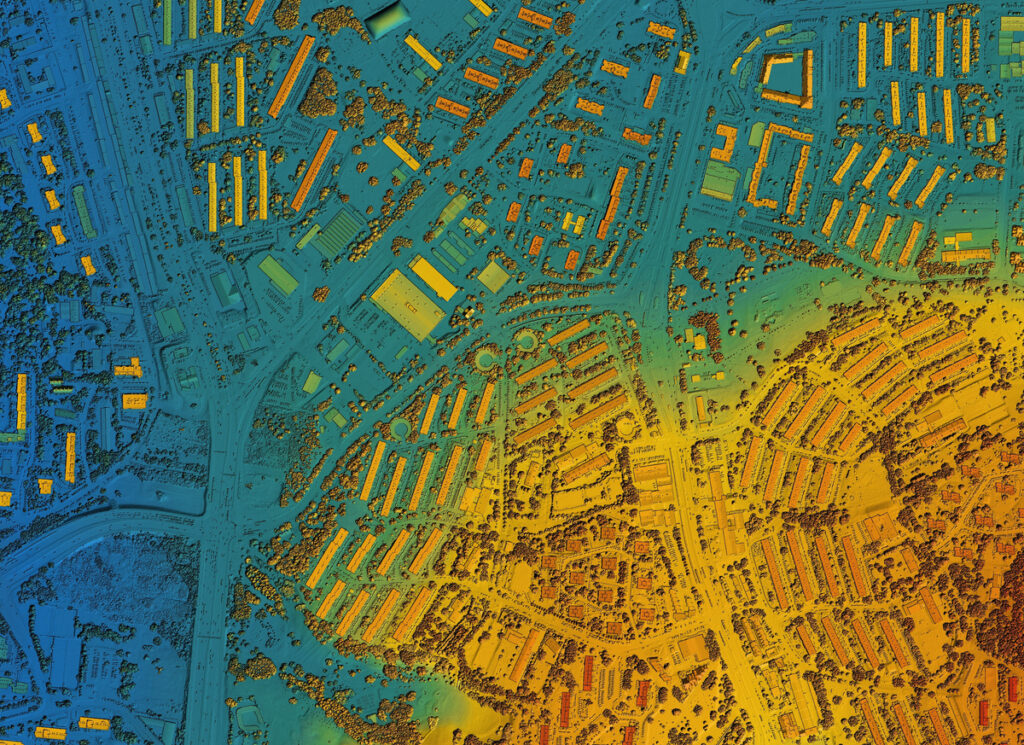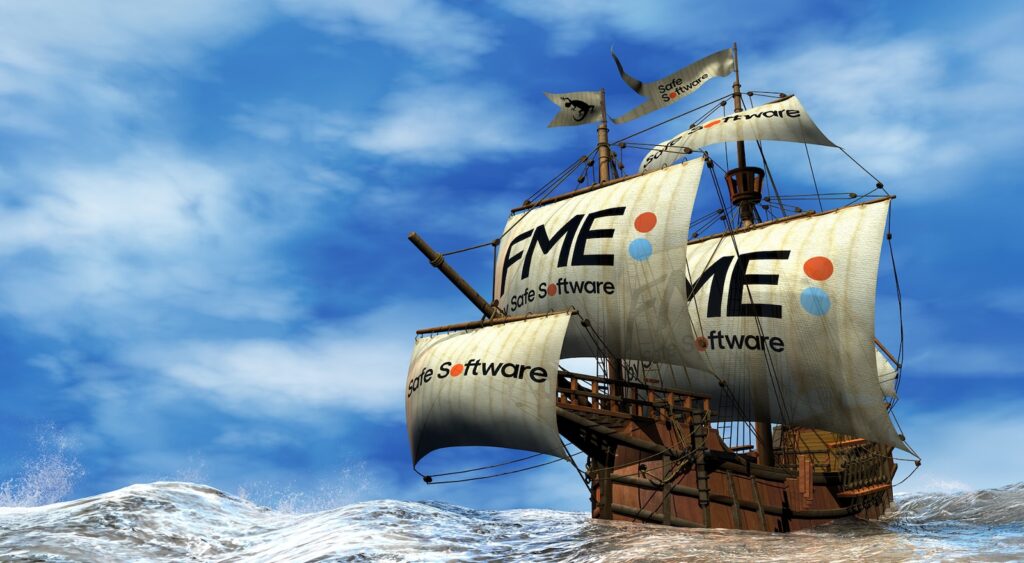
This work was done in collaboration with Safe Software partner 1Spatial
Utility Network represents a significant evolution in Esri’s GIS for Utilities, set to replace the Geometric Network model by January 2026. This upgrade brings numerous new features designed to maximize the value of utility data through a more intelligent network system. Before embarking on this migration journey, consider these five crucial factors:
1. It will be a journey
Migrating to Utility Network is more than just a typical GIS upgrade. It’s essential to set accurate expectations at all organizational levels. Utility Network introduces a new model that alters how users view and manage network and GIS records. This involves new products, improved business processes, and re-implementation of existing GIS integrations. Despite the complexity, the potential benefits are substantial. Clearly communicating these benefits ensures top-level buy-in, support, and budget for this transformative journey.
2. Understand your target model
Utility Network offers flexibility in how organizations can model their networks. While starting from scratch is an option, Esri’s ArcGIS Utility Network provides foundational models for various networks, such as Electric, Gas, Water, Stormwater, Waste, or Telecommunications. These foundation models can be a good starting point but often require significant customization to meet specific needs. Decisions on asset modeling will impact network visualization and classification. Additionally, foundation models may have regional biases, necessitating adjustments to fit local standards and terminologies.

3. Embrace future working and challenge the status quo
A key benefit of Utility Network is its service-based structure, which extends functionality to web and mobile clients. This enables field workers to access and update information in real-time. Instant updates from the field provide an up-to-date network view, facilitating efficient decision-making and actions. Planning for Utility Network requires openness to new business processes and a vision for mobile field force efficiency. Challenging existing practices is essential to fully leverage Utility Network’s benefits and meet future challenges.
4. Start small, fail quickly, and scale through automation
Utility Network implementation is an iterative process that allows for learning and adaptation. Initial steps involve building and configuring the data model with ArcGIS Pro and file geodatabases, suitable for trials and validation. As confidence grows, cloud-based ArcGIS Enterprise instances can be quickly and cost-effectively set up. Proof-of-concept exercises and model office prototypes are essential for building feedback and support. Automation tools are critical for managing model building, data translation, migration, and cleansing, ensuring scalable and repeatable processes.
5. Understand your current system
A thorough understanding of your current system is crucial. This includes your data model, data quality issues, business processes, and GIS integrations. A solid grasp of your current network model, data quality, and system documentation simplifies the migration to Utility Network, making it more cost-effective and easier. This understanding aids in better decision-making during the transition and can reveal additional value and opportunities for improvement.
These five considerations are designed to help you plan your move to Utility Network effectively. For more insights and detailed guidance, you can explore additional resources available online.
If you want to learn more about what FME can do in the Utilities sector, please check out our utilities solutions page.




